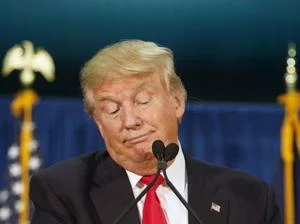Removing country limits for Green Cards will drastically reduce waiting time for those in queue, mostly from India and China, and protect them from exploitative employers, but will also lead to people of these two countries dominating this route to US citizenship, according to a new report.
“Indian (and to a lesser extent Chinese and Filipino) nationals wait in much longer queues of pending employment-based petitions” for Green Card than their counterparts from other countries, and thus, “consequently must wait the longest”, said the Congressional Research Service, a non-partisan government body that supplies research to US Congress, in a December report.
A legislation was before the US Congress at the time to remove the country limit, which lapsed with the previous body and is likely to be reintroduced for passage afresh in the new Congress that takes charge on Thursday.
The report summed up for legislators the pros and cons of removing the country limit that have long accompanied the debate. Those in favour have argued, the report said, that the wait periods for a lot of them are “excessively long”, 150 years for India, by one estimate; “discriminates against some foreign workers based on their country of origin”; and leaves them vulnerable to “potential exploitation” by their employers, who sponsor the Green Card application and can withdraw it; and that the US might be driving away talented people to other countries because of the waiting period, specially Indians..
Those against, the report said, have argued, chiefly, that “it would substantially reduce the country-of-origin diversity and potentially allow a few countries to dominate all permanent employment-based immigration, such as those from India and China.
There are 3,06,601 Indians waiting for their Green Card, which is a step away from US citizenship, accounting for almost 78% of the total 3,95,025 in the category of employment-based immigration — a majority of them on H-1B visa for highly skilled foreigners. The Chinese are in the second slot with a count of 67,031, but on a different employment-based immigration route, one meant for investors.
At issue is a country limit that prevents people from any one country from accounting for more than 7% of the annual intake in all categories. US grants 6,75,000 permanent residency in all categories (it goes up to 1 million because of flexibility to accommodate family-linked immigrants).
Of these, 1,40,000 are set aside for employment-based applicants, those coming in on H-1B, for instance, or those seeking permanent residency on ground of exceptional ability.
The pressure in the H-1B-type of employment-based category is the highest because of rising flow of Indians hired by both US companies and US-based Indian companies. The wait for Indians could go up to 150 years because of mounting backlog, according to one estimate.
There has been widespread bipartisan recognition of and support for removing the country limit to deal with the backlog. Legislative efforts to that end have not succeeded despite the support and often times, are just short of being passed. A Bill, to that effect, with enough bipartisan support, died in the last Congress during the stalemate over President Donald Trump’s wall.






Leave a reply